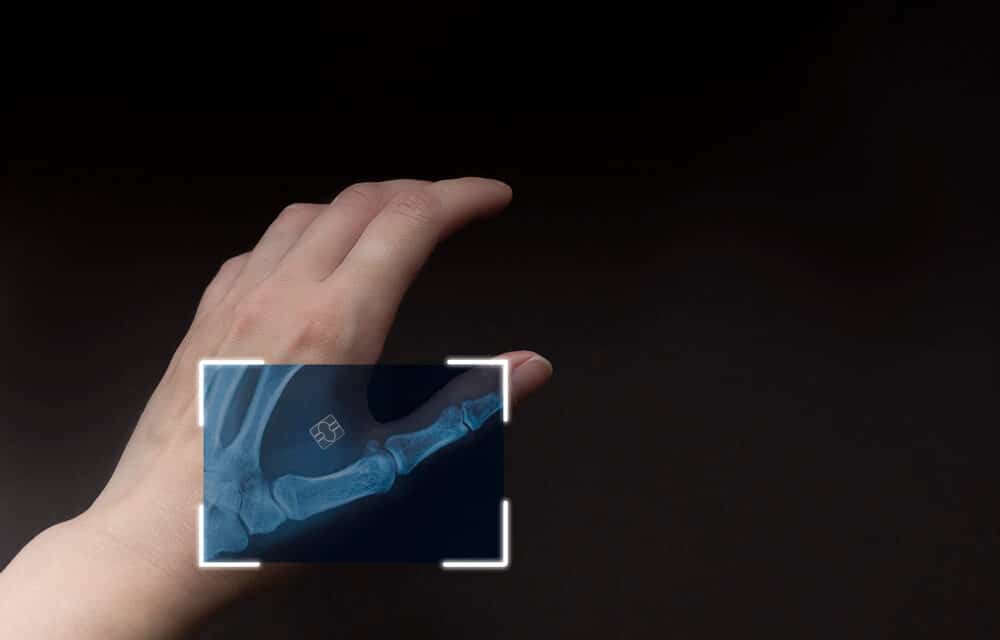Patrick Paumen causes a stir whenever he pays for something in a shop or restaurant. This is because the 37-year-old doesn’t need to use a bank card or his mobile phone to pay. Instead, he simply places his left hand near the contactless card reader, and the payment goes through.
“The reactions I get from cashiers are priceless!” says Mr. Paumen, a security guard from the Netherlands. He is able to pay using his hand because back in 2019 he had a contactless payment microchip injected under his skin. “The procedure hurts as much as when someone pinches your skin,” says Mr. Paumen.
A microchip was first implanted into a human back in 1998, but it is only during the past decade that the technology has been available commercially. And when it comes to implantable payment chips, British-Polish firm, Walletmor, says that last year it became the first company to offer them for sale.
“The implant can be used to pay for a drink on the beach in Rio, a coffee in New York, a haircut in Paris – or at your local grocery store,” says founder and chief executive Wojtek Paprota. “It can be used wherever contactless payments are accepted.”
Walletmor’s chip, which weighs less than a gram and is a little bigger than a grain of rice, is comprised of a tiny microchip and an antenna encased in a biopolymer – a naturally sourced material, similar to plastic.
Mr. Paprota adds that it is entirely safe, has regulatory approval, works immediately after being implanted, and will stay firmly in place. It also does not require a battery or other power source. The firm says it has now sold more than 500 of the chips.
The technology Walletmor uses is near-field communication or NFC, the contactless payment system in smartphones. Other payment implants are based on radio-frequency identification (RFID), which is a similar technology typically found in physical contactless debit and credit cards.
For many of us, the idea of having such a chip implanted in our body is an appalling one, but a 2021 survey of more than 4,000 people across the UK and the European Union found that 51% would consider it.
However, without giving a percentage figure, the report added that “invasiveness and security issues remained a major concern” for respondents. Mr. Paumen says he doesn’t have any of these worries.
“Chip implants contain the same kind of technology that people use on a daily basis,” he says, “From key fobs to unlock doors, public transit cards like the London Oyster card, or bank cards with contactless payment function.
“The reading distance is limited by the small antenna coil inside the implant. The implant needs to be within the electromagnetic field of a compatible RFID [or NFC] reader. Only when there is a magnetic coupling between the reader and the transponder can the implant can be read.”

















